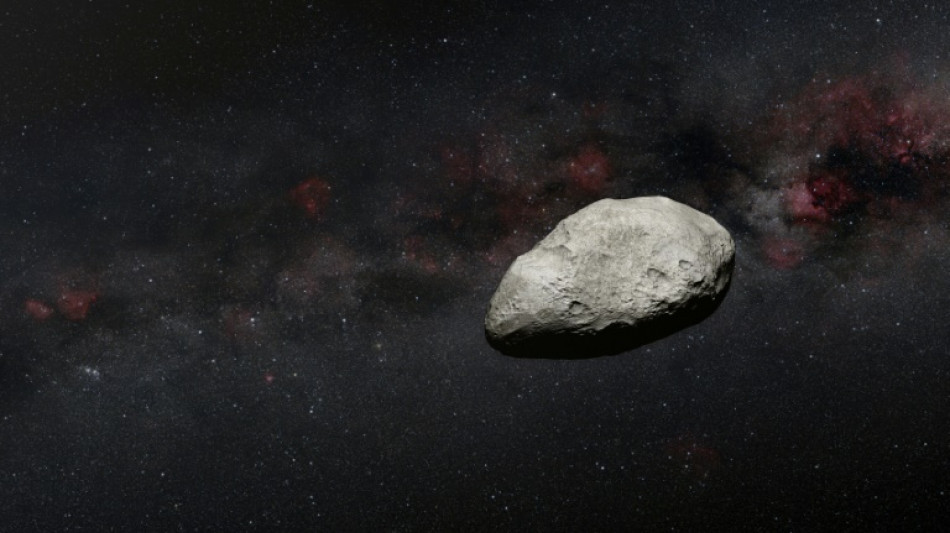
-
 Paris stocks drop as French PM resigns
Paris stocks drop as French PM resigns
-
Death toll from Indonesia school collapse rises to 63
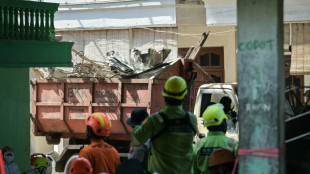
-
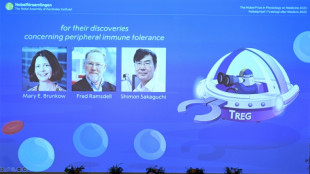 Medicine Nobel to trio who identified immune system's 'security guards'
Medicine Nobel to trio who identified immune system's 'security guards'
-
UN rights council launches probe into violations in Afghanistan
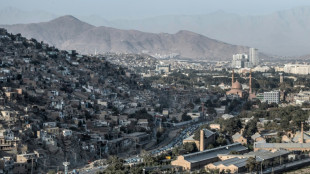
-
 UK author Jilly Cooper dies aged 88
UK author Jilly Cooper dies aged 88
-
Jilly Cooper: Britain's queen of the 'bonkbuster' novel
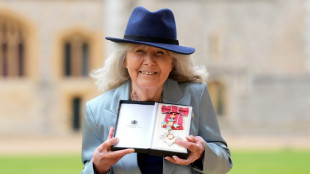
-
 Streaming stars' Le Mans race scores Twitch viewer record
Streaming stars' Le Mans race scores Twitch viewer record
-
England rugby star Moody 'shocked' by motor neurone disease diagnosis

-
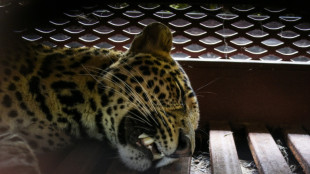 Leopard captured after wandering into Indonesian hotel
Leopard captured after wandering into Indonesian hotel
-
Israel, Hamas due in Egypt for ceasefire talks
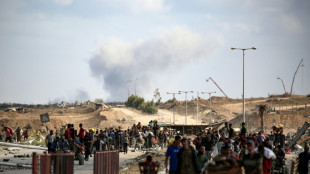
-
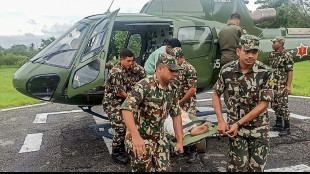 Rescuers scramble to deliver aid after deadly Nepal, India floods
Rescuers scramble to deliver aid after deadly Nepal, India floods
-
Tokyo stocks soar on Takaichi win, Paris sinks as French PM resigns

-
 OpenAI offers more copyright control for Sora 2 videos
OpenAI offers more copyright control for Sora 2 videos
-
Australia prosecutors appeal 'inadequate' sentence for mushroom murderer: media
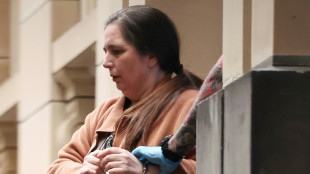
-
 Rugby World Cup-winning England star Moody has motor neurone disease
Rugby World Cup-winning England star Moody has motor neurone disease
-
Trump says White House to host UFC fight on his 80th birthday

-
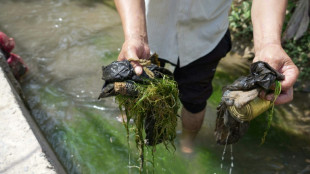 Vast reserves, but little to drink: Tajikistan's water struggles
Vast reserves, but little to drink: Tajikistan's water struggles
-
US government shutdown may last weeks, analysts warn
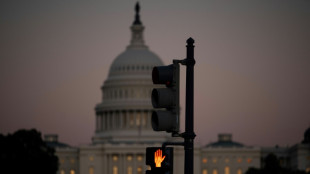
-
 Arsenal host Lyon to start new Women's Champions League format
Arsenal host Lyon to start new Women's Champions League format
-
Gloves off, Red run, vested interests: Singapore GP talking points

-
 Bills, Eagles lose unbeaten records in day of upsets
Bills, Eagles lose unbeaten records in day of upsets
-
Muller on target as Vancouver thrash San Jose to go joint top

-
 Tokyo soars, yen sinks after Takaichi win on mixed day for Asia
Tokyo soars, yen sinks after Takaichi win on mixed day for Asia
-
China's chip challenge: the race to match US tech
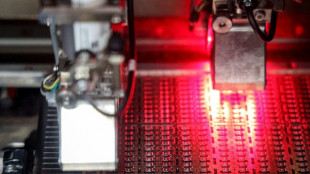
-
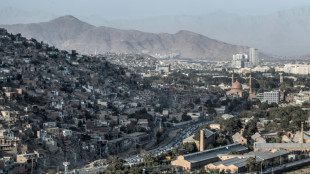 UN rights council to decide on creating Afghanistan probe
UN rights council to decide on creating Afghanistan probe
-
Indonesia sense World Cup chance as Asian qualifying reaches climax

-
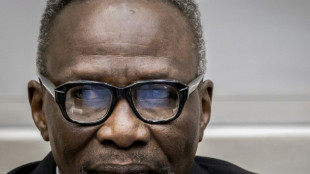 ICC to give war crimes verdict on Sudan militia chief
ICC to give war crimes verdict on Sudan militia chief
-
Matthieu Blazy to step out as Coco's heir in Chanel debut

-
 Only man to appeal in Gisele Pelicot case says not a 'rapist'
Only man to appeal in Gisele Pelicot case says not a 'rapist'
-
Appetite-regulating hormones in focus as first Nobel Prizes fall

-
 Gisele Pelicot: French rape survivor and global icon
Gisele Pelicot: French rape survivor and global icon
-
Negotiators due in Egypt for Gaza talks as Trump urges quick action

-
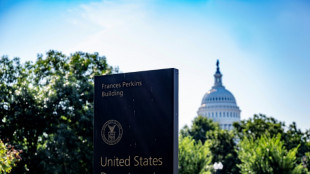 'My heart sank': Surging scams roil US job hunters
'My heart sank': Surging scams roil US job hunters
-
Competition heats up to challenge Nvidia's AI chip dominance

-
 UK police to get greater powers to restrict demos
UK police to get greater powers to restrict demos
-
Guerrero grand slam fuels Blue Jays in 13-7 rout of Yankees

-
 Five-try Bayonne stun champions Toulouse to go top in France
Five-try Bayonne stun champions Toulouse to go top in France
-
Fisk reels in Higgo to win maiden PGA Tour title in Mississippi

-
 Aces overpower Mercury for 2-0 lead in WNBA Finals
Aces overpower Mercury for 2-0 lead in WNBA Finals
-
Bayonne stun champions Toulouse to go top in France

-
 Greta Thunberg among Gaza flotilla detainees to leave Israel
Greta Thunberg among Gaza flotilla detainees to leave Israel
-
Atletico draw at Celta Vigo after Lenglet red card

-
 Ethan Mbappe returns to haunt PSG as Lille force draw with Ligue 1 leaders
Ethan Mbappe returns to haunt PSG as Lille force draw with Ligue 1 leaders
-
Hojlund fires Napoli into Serie A lead as AC Milan held at Juve

-
 Vampires, blood and dance: Bollywood horror goes mainstream
Vampires, blood and dance: Bollywood horror goes mainstream
-
Broncos rally snaps Eagles unbeaten record, Ravens slump deepens

-
 Former NFL QB Sanchez charged after allegedly attacking truck driver
Former NFL QB Sanchez charged after allegedly attacking truck driver
-
France unveils new government amid political deadlock

-
 Child's play for Haaland as Man City star strikes again
Child's play for Haaland as Man City star strikes again
-
India crush Pakistan by 88 runs amid handshake snub, umpiring drama
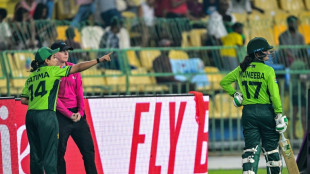

Nuking a huge asteroid could save Earth, lab experiment suggests
Humanity could use a nuclear bomb to deflect a massive, life-threatening asteroid hurtling towards Earth in the future, according to scientists who tested the theory in the labaratory by blasting X-rays at a marble-sized "mock asteroid".
The biggest real-life test of our planetary defences was carried out in 2022, when NASA's fridge-sized DART spacecraft smashed into a 160-metre (525-feet) wide asteroid, successfully knocking it well off course.
But for bigger asteroids, merely crashing spaceships into them will probably not do the trick.
When the roughly 10-kilometre wide Chicxulub asteroid struck the Yucatan peninsula around 66 million years ago, it is believed to have plunged Earth into darkness, sent kilometres-high tsunamis rippling around the globe and killed three quarters of all life -- including wiping out the dinosaurs.
We humans are hoping to avoid a similar fate.
There is no current threat looming, but scientists have been working on how to stave off any big asteroids that could come our way in the future.
A leading theory has been to be blow them up with a nuclear bomb -- a last-ditch plan famously depicted in the 1998 sci-fi action movie "Armageddon".
In the movie, Bruce Willis and a plucky team of drillers save Earth from an asteroid 1,000 kilometres wide -- roughly the size of Texas.
For a proof-of-concept study published in the journal Nature Physics this week, a team of US scientists worked on a much smaller scale, taking aim at a mock asteroid just 12 millimetres (half an inch) wide.
To test whether the theory would work, they used what was billed as the world's largest X-ray machine at Sandia National Laboratories in Albuquerque, New Mexico.
The machine is capable of generating "the brightest flash of X-rays in the world using 80 trillion watts of electricity", Sandia's Nathan Moore, the lead study author, told AFP.
Much of the energy created by a nuclear explosion is in the form of X-rays. Since there is no air in space, there would be no shockwave or fireball.
But the X-rays still pack a powerful punch.
- Turned into a 'rocket engine' -
For the lab experiment, the X-rays easily vaporised the surface of the mock asteroid.
The vaporising material then propelled the mock asteroid in the opposite direction, so that it effectively "turned into a rocket engine," Moore said.
It reached speeds of 250 kilometres an hour, "about as fast as a high-speed train," he added.
The test marked the first time that predictions about how X-rays would affect an asteroid had been confirmed, Moore said.
"It really proves this concept could work."
The scientists used modelling to scale up their experiment, estimating that X-rays from a nuclear blast could deflect an asteroid up to four kilometres wide -- if given enough advanced notice.
The biggest asteroids are the easiest to detect ahead of time, so "this approach could be quite viable" even for asteroids the size of the dinosaur-killing Chicxulub, Moore said.
The experiment was based on using a one-megaton nuclear weapon. The largest ever detonated was the 50-megaton Soviet Tsar Bomba.
If there was to be a planet-saving mission in the future, the nuclear bomb would need to be placed within a few kilometres of the asteroid -- and millions of kilometres away from Earth, Moore said.
- Asteroids come in many flavours -
Testing out the theory using a real nuke would be dangerous, hugely expensive -- and banned by international treaties.
But there is still plenty to be discovered before such a high-risk test.
The largest uncertainty right now is that asteroids can "come in many flavours", Moore said.
"We have to be prepared for every scenario."
For example, the asteroid hit by DART, Dimorphos, turned out to be a loosely held-together pile of rubble.
The European Space Agency's Hera mission is scheduled to launch next month on a mission to find out more about its composition -- and the finer details about how DART sent it packing.
Mary Burkey, a staff scientist at California's Lawrence Livermore National Laboratory that was not involved in the new study, has run computer simulations about using nukes on asteroids.
She praised the study, saying that "being able to match my calculations to real-life data increases the credibility of my results."
Her simulations have also demonstrated that such a mission "would be a very effective means to defend planet Earth", Burkey told AFP.
"However, in order for it to work, there must be enough time after a mission for the extra push of velocity to move the asteroid's trajectory off Earth."
E.Gasser--VB

